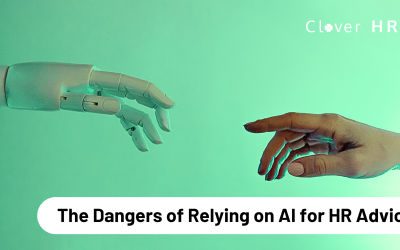A job description describes the general tasks, duties and responsibilities of a position. It lists the vital functions of a job and the experience, knowledge, qualifications and skills required for the role.
Job descriptions allow employees to understand what is required from them in the role. It is crucial employers get the job description right for positions as these documents not only attract candidates to the role, they are also used by employers to be able to hold their employees accountable for their performance in the role.
Jo descriptions are not legally binding documents, however if an employee’s role does vary a lot from the job description, they may be able to seek legal advice on this.
How to write a good job description
Job descriptions are one of the first documents potential employees will see, therefore it is vital employers get them right. Job descriptions should provide candidates with information about the role they are applying for. It should include;
- Skills and competencies required for the role
- Experience needed
- Culture of the Company
Job descriptions should be:
- Easy to read, any potential candidates should be able to easily understand it.
- Fully outline the responsibilities, tasks, and requirements of the job.
- As short as possible and use bullet points
Top Tips of things to include in a job description
- Ensure the job title is correct for the role
- Provide an overview of the role and what it entails
- List the key responsibilities
- Provide brief information on the company
- Use simple but effective language
- Ensure it includes any future growth, development or promotion opportunities
- Do not use gendered language
- Provide location(s) of the position
- Include hours of work, flexible working options and if full/part-time
- Skills and qualifications required for the role
- Any benefits the company offer
If you require any more advice or guidance about this or any other part of the recruitment process, please contact us on 0330 175 6601 or info@cloverhr.co.uk


